- Enhancing independence: Learn new techniques to perform everyday activities such as dressing, cooking, and bathing with greater ease.
- Improving arm and hand function: Strengthening and coordination exercises help restore movement and dexterity in affected limbs.
- Constraint-induced movement therapy: Restricting the stronger limb to encourage the use of the affected side.
- Enhancing vision and perception: Techniques and adaptive strategies can help manage visual impairments and spatial awareness challenges.
- Home and environment adaptations: Therapists provide recommendations for home modifications, such as grab bars or adaptive equipment, to improve safety and accessibility.
- Energy conservation and fatigue management: Learn strategies to pace activities, conserve energy, and prevent overexertion.
- Return to work and community activities: Tailored strategies help individuals regain skills needed for work, hobbies, and social engagement.




